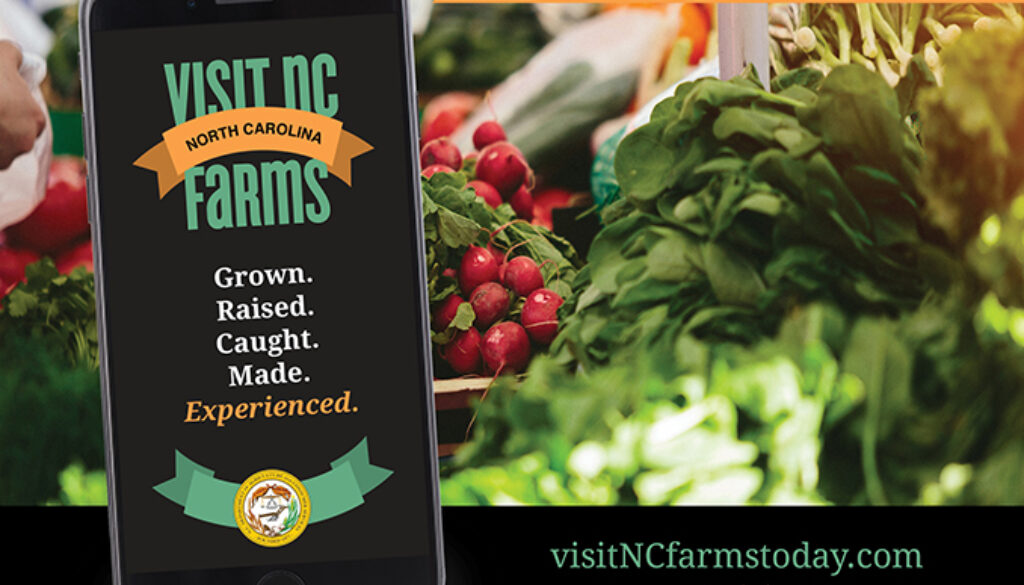Randolph County Farmers Market Alliance
ASHEBORO — The pandemic has strained many aspects of life in the last few years, disrupting supply chain issues in the food system and exacerbating preexisting food security challenges to name a few. According to the 2021 Piedmont Triad Regional Food Assessment between 2019 and 2020 15% of adults fell below the poverty rate in Randolph County, there was a 12% increase in food nutrition services needed and a 9% increase in child food insecurity. However, Randolph County is home to 620 food businesses that bring in $2.9 billion in annual sales with $199 million in food sales staying in the Piedmont Triad. Randolph is home to roughly 89 farms that sell direct to consumers. Almost $2 million in revenue is generated from vegetables alone and the county is in the top 10 counties in the state for value of food sold directly to consumers, according the 2017 USDA Agriculture Census. When we think of fresh produce and local foods, farmers’ markets often come to mind — and Randolph County is home to five.
All the markets operate independently, but each has the potential to promote rural livelihood and farmland, stimulate the local economy and increase fresh food consumption. The Randolph County Farmers’ Market Alliance was born as a partnership between the farmers market managers, Randolph County Cooperative Extension, and the Tourism Development Authority in an effort to develop a directed approach to strengthening these assets to our county. Markets include: the Eastern Randolph Farmers Market, Randleman, Archdale, Asheboro, and Liberty. The first task of the Market Alliance was to assess the current state of the markets and decide how we could work together towards providing a profitable place for local entrepreneurs to sell while meeting the needs of customers and the community.
To gain a better perspective on ways to support the markets, Randolph County Cooperative Extension created and distributed surveys for market vendors, customers, and market managers as an initial assessment. The survey was distributed in the summer of 2021 and have helped the Market Alliance learn more about topics related to the farmers’ markets such as EBT acceptance, food waste, vendor income from market sales, and customer satisfaction. Over 200 responses were received and are now being used as a guide for the upcoming market season. Survey results included 90 responses from vendors, 106 from customers and 3 responses from market managers. The results show one third of farmers’ market customers visit a market once a week and one third spend more than $50 a year at the markets. Main findings related to vendors were that 30% of vendors make 50% or more of their sales at the markets each year — indicating that sales from the markets can serve as a substantial part of income for local farms and businesses.
The alliance’s 2022 goals prioritize raising more awareness of the markets in Randolph County. The group will create and disseminate promotional materials such as posters, signs and banners to advertise the markets as group. The group will use social media to promote that markets and allow customers to see when their favorite vendors are there. The markets will also be visible on the Visit NC Farms App as well as in visitors’ centers.
Annie Mills is a Horticulture Extension Agent with the Randolph County office of the N.C. State Cooperative Extension Service.
 Twitter
Twitter Facebook
Facebook Instagram
Instagram


